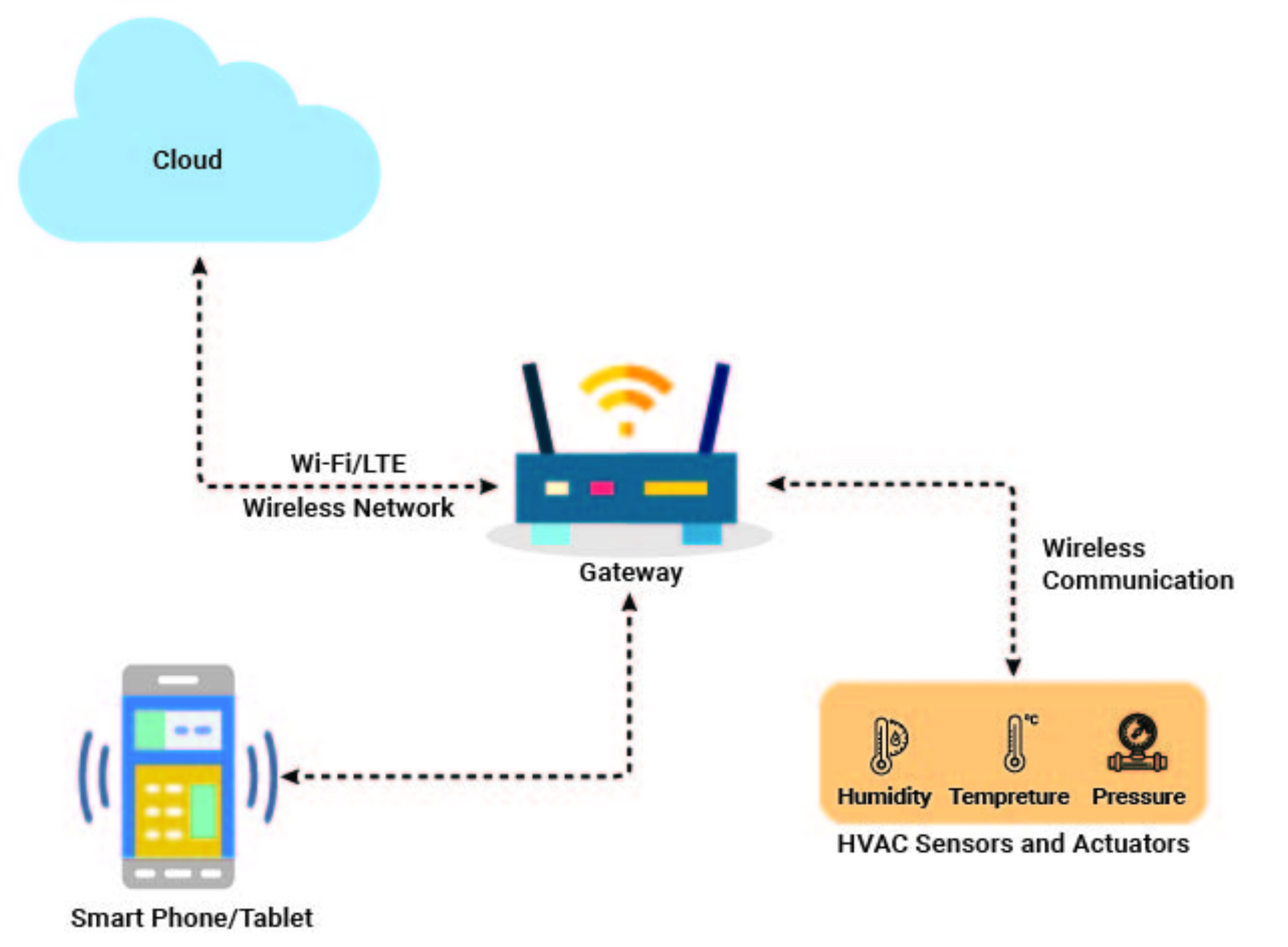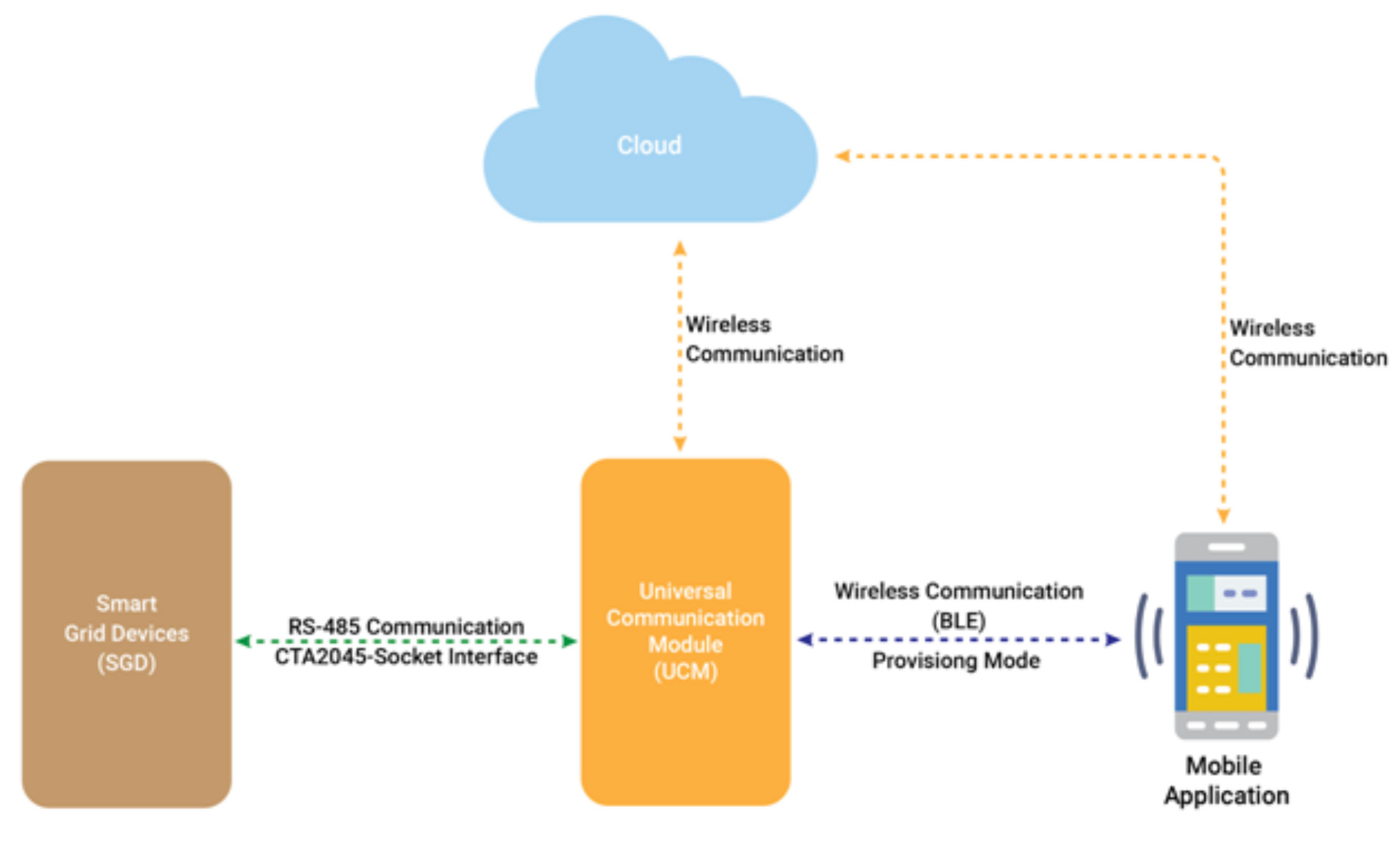
ACL Digital
How IoT Solutions for HVAC Help OEMs to Tap into Huge Savings
According to a report by Zion Market Research, the global smart HVAC control market is expected to reach almost USD 28.3 billion by 2025
IoT is gaining prominence at a breakneck speed in various applications. One such application of IoT is in the Heating, Ventilation, and Air Conditioning (HVAC) system used in the residential, industrial, and commercial facilities.
HVAC systems are complex infrastructure. A failure in the single element or function can cause high energy consumption and maintenance costs. As a result, OEMs are keen to leverage IoT to optimize HVAC performance and reduce maintenance costs. IoT solutions for HVAC manufacturers can bring operational visibility into their HVAC appliances and ways to better monitor energy consumption.
Let’s understand in detail why HVAC manufacturers should leverage IoT:
Why OEMs Should Connect HVAC Equipment to the IoT
HVAC systems are responsible for heating, cooling, and ventilation needs. Even the smallest component failure can hurt OEMs profitability, so avoiding problems before it occurs is one of the most important jobs of any facility provider. IoT-enabled HVAC connected with smart thermostats or smart room controllers can collect the data and share it with the cloud-based analytics platform for monitoring environmental changes and preventive maintenance. The connected solution communicates back and forth with HVAC equipment, dynamically adjusting temperature as needed, and generating alerts upon spotting abnormal behavior of the equipment.
For example, in extremely hot weather conditions, often many HVAC systems break down and it requires immediate attention for repair requests. During such situations, smart HVAC systems can generate alerts for signs of degradation and notify the users to take action before it leads to a problem.
Nowadays, in the US many utility companies are offering the CTA2045 based demand response program that gives end users an incentive if they shut off their big loads or reduce utilization at peak demand times. CTA-2045 is a modular communications interface (MCI) that provides communications with residential devices for energy management. The CTA-2045 demand response-based systems provide you the flexibility to use end user’s equipment loads in times where there is a lesser load on utility sources. This intelligence is only made possible with the help of IoT being introduced in traditional HVAC systems.
In a nutshell, IoT can enhance the value proposition of HVAC products.
How The Smart HVAC IoT Ecosystem Works
- HVAC systems consist of sensor and actuators
- Devices that control the HVAC systems are equipped with,
- A wireless communication radio that sends data to the cloud through a gateway
- Communication protocols channelized through the gateway share the data directly to the cloud
- Users can monitor all the HVAC devices’ performances from the cloud with the help of a portal
- Devices like mobile phones allow users to access and manage their HVAC appliances locally as well as remotely
- HVAC software is responsible for gathering information with the help of a variety of sensors, it processes the information as required and passes it on to the cloud for further analysis.
- The analytics platform in the cloud is responsible for filtering, analyzing the data and if required shares with other systems
- Learning algorithms use the database information to assist in preventive maintenance and optimize energy usage and control HVAC systems remotely. The faults, alarms, and events are also reported to the system managers located remotely from the systems
Here’s a Potential Scenario of a Modern HVAC System Contributing to Saving Energy Usage
A leading manufacturer of HVAC products aimed at developing energy-efficient and demand response (DR) ready products based on the CTA2045 standard.
This CTA2045 standard-based solution aims to improve grid reliability and efficiency through increased demand-response ready products that will be able to react to the changing grid conditions.
- The Universal Communication Module (UCM) – AC Module (as per CTA2045 standard) fits into the Smart Grid Device (SGD) which could be – CTA2045 compliant HVAC system, Heater or any other consumer product
- Universal Communication Module (UCM) gets provisioned over BLE connectivity with a mobile device running a customer mobile app. Once provisioned it connects with the customer cloud via Wi-Fi or Cellular (LTE Cat M1) interface. The UCM uses the MQTT protocol to communicate with the cloud. Once the connection is successful it is ready to receive JSON objects from the cloud and pass it to the SGD
- Utility companies initiate DR commands from the customer cloud with the help of the DR portal and these DR commands will be parsed by UCM device and then passed to SGD device which will take necessary actions as per DR commands. As a response to these DR commands SGD will send a response to UCM which will be sent back to the cloud
- UCM also supports the OTA firmware upgrade via the customer cloud
- User interface consisting of LED showing different alarm indications, internet connectivity, and DR status make it UI intuitive to the user. UCM also supports push-buttons to initiate provisioning, acknowledge alarms, and to suspend demand response per CTA2045 standard
How IoT helps HVAC Manufacturers to Improve Product Performance
Benefits of Smart HVAC systems are:
- Real-time monitoring: Manufacturers and OEMs can determine the accurate picture of the performance of the devices by obtaining real-time operational data
- Reduced power consumption: HVAC systems gather operational data and move it periodically to the cloud. This data is analyzed in the cloud and helps in making smart decisions. This enables efficient energy management and results in cost savings
- Preventive maintenance: Instead of servicing products at fixed intervals, IoT helps to find problems before major issues occur. Thus saving on repair costs and increasing the lifespan of the products
Things to Consider While Designing IoT Connected HVAC Systems
It is important to follow best practices while designing smart HVAC. These include parameters like scalability, possible interference, installation approach, network security, safety measures while interfacing with HVAC, range, auto-recovery, safe shutdown, etc.
IoT Security
It is recommended to plan for end-to-end security as there should not be any security compromise on the data flows, including to and from the connected product itself, the cloud, the mobile or web app used to control the product, and everyone who might have access to the data.
Go with the established hardware platforms
While deciding the hardware platform for your connected product, choose established players rather than selecting from the low priced options. Using a proven hardware platform ensures wireless connectivity without any issues. A proven wireless networking stack, compatibility, firmware support, certification, and registration with service providers and security are well supported by established players.
Secure OTA feature
IoT enabled devices can be updated while being placed in the field. This helps to improve the performance, add new features while the devices are with the end user. It is necessary to consider secure OTA features for all smart HVAC devices as device security policy also gets updated through OTA.
IoT is a major driver of innovations in HVAC systems. These HVAC IoT devices provide major benefits of energy savings, demand forecasting, increased efficiency, and predictive maintenance of HVAC products. Data analytics and machine learning will prove to be a game-changer for IoT in the HVAC industry.
Read these success stories to know how ACL Digital enabled the leading HVAC Manufacturers to achieve operational efficiency with their products by delivering IoT solutions for HVAC systems.
ACL Digital provides end-to-end IoT solution design and development services to help enterprises, start-ups and OEMs build connected solutions for HVAC systems and bring their products into the market efficiently and cost-effectively. If you are looking for IoT solutions for HVAC or need to upgrade your legacy equipment, contact us now.
Note: The content of this blog is based on the personal knowledge of any research work done by any individuals. There is a market research report on the Smart HVAC Control market that is used from the website Globenewswire. Figures are kept to the best of our knowledge and not to mislead in any manner.
Related Insights

Revolutionizing Industries with IoT, AI, and Digital Twin Technologies





